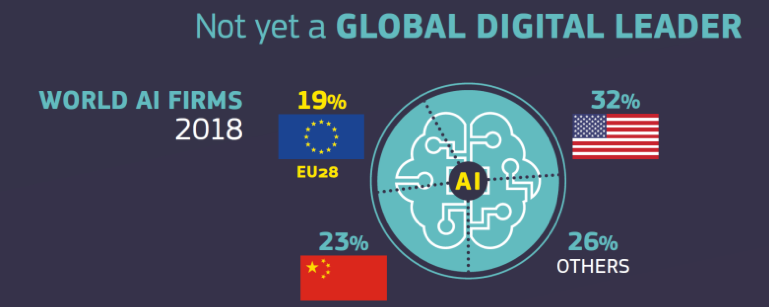27 May 2020 will be remembered as a milestone in European history. On that day, the President of the European Commission, Ursula von der Leyen, announced a 750 bn EUR recovery package for Europe. On that same day, the ‘Science, research and Innovation (SRI) Report of the European Commission was officially released.
One could have expected significant differences between the President’s speech and the experts’ report. While the latter had resulted from several years of efforts, massive data collection, and careful analyses, the former had been produced in a matter of weeks, amid the COVID health crisis. Yet, the two show a remarkably high degree of convergence, which can be summarized as follows: building a sustainable collective future requires a long-term vision, in which innovation has a central role to play.
The ‘New Generation Europe’ package focuses on two key transitions: green and digital
Sub-titled “Repair and prepare for the next generation”[1], the EU recovery package is clearly future-oriented, which is no small feat in times of crises, when so many voices call for immediate help measures for threatened firms and sectors, and when public attention is naturally focused around health and self-sufficiency: “The new money needs to be spent on fresh ideas and not on Europe’s old problems.” stressed the Commission’s President[2], adding “…we have a pact with the next generation… …we say: Yes, we have to raise money now and invest it, but we will invest in the European priorities that are so important for you.”[3]. The core of the program is articulated around a Recovery and Resilience Facility (RRF) of €560 billion (€310 in grants and €250 in loans), available to all member states but concentrated on those with greatest needs (see diagram below).
The second component of the package consists of leveraging €31 billion of EU own resources to (i) guarantee and unblock €300 billion to help European companies of all sectors to transform to a cleaner, digital and resilient future, (ii) bolster InvestEU, and (iii) establish a new Strategic Investment Facility (SIF) to generate up to €150 billion in strategic sectors. Moreover, €95 billion will go to Horizon Europe to fund research in health, resilience, and the green and digital transitions.
These unprecedented measures will bring the total firepower of the European budget to €1.850 trillion. Most importantly, the European approach reflects a long-term vision, able to withstand a slow and long-lasting recovery. Whereas funds will start being disbursed immediately, the loans contracted by the EU to finance this package (€750 billion) will not begin to be reimbursed until 2028.
The ‘SRI 2020 Report’: turning Europe into the Digital Leader it is not yet
On 27 May, a few hours after Ursula von der Leyen’s speech, some 634 unique visitors attended the virtual launch of the much-awaited Science, Research, and Innovation Report (SRI 2020) of the European Commission. As a member of the Sounding Board for that report, I was asked to present my views about the policies required to mesh Europe’s post-COVID recovery efforts and its ambition to be a global digital leading power. For a complete recording of the meeting, see here.
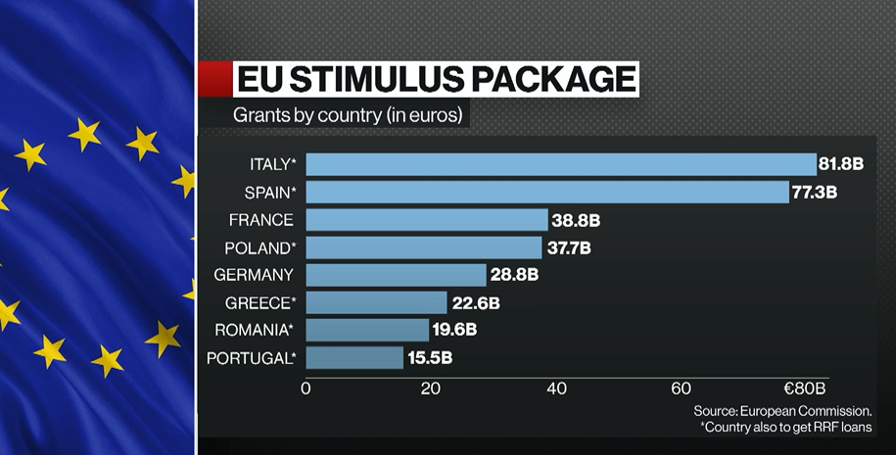
The SRI 2020 report is over 500 pages long and brings together a considerable amount of data and analyses. It has mobilized dozens of specialists and researchers for over two years. Several of the facts and conclusions it presents need to be highlighted here.
1. Europe has so far failed to reach its objective of devoting 3% of its total GDP to science, research, and innovation, a measure of ‘R&D intensity’, while China was rapidly catching up (see diagram below). New efforts now need to be deployed to bring Europe’s performance on par with that of the current leaders: Korea, Japan, and the US.
2. Europe needs to focus a larger share of its innovation efforts in domains that will be critical for its future productivity and competitiveness, such as Artificial Intelligence (AI). In 2018 (see diagram below), Europe was host to only 19% of the world’s AI firms, compared with 32% for the US, and 23% for China. More resources and supportive policies are urgently required in that strategic area.
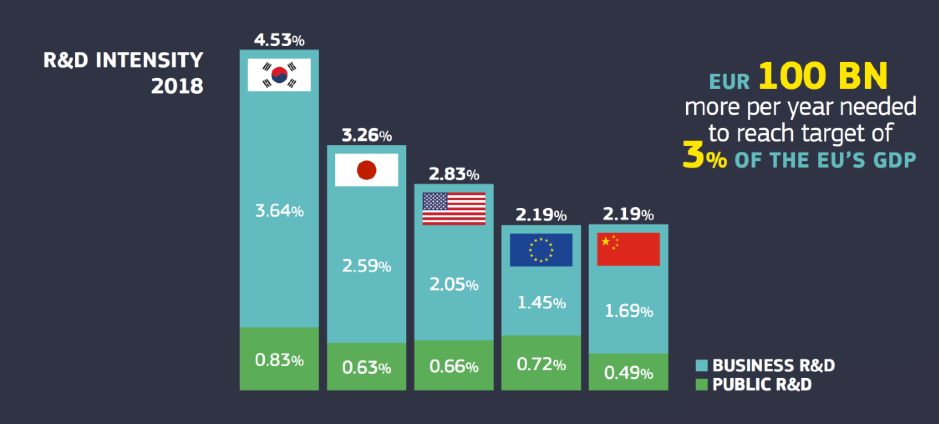 3. Skills are the critical element to allow Europe to draw the full benefits of its investments in innovation. As the ‘missing middle’ (see diagram below) continues to falter, high demand continues to affect the low-skill and higher-skill segments of labor markets. This is a dynamic that has become even more visible through the COVID crisis when support was expressed for higher recognition (and wages) to health workers, retail workers, cleaners and deliverers, for instance, while demand continued to grow for AI specialists, platform strategists and inter-cultural managers for example.
3. Skills are the critical element to allow Europe to draw the full benefits of its investments in innovation. As the ‘missing middle’ (see diagram below) continues to falter, high demand continues to affect the low-skill and higher-skill segments of labor markets. This is a dynamic that has become even more visible through the COVID crisis when support was expressed for higher recognition (and wages) to health workers, retail workers, cleaners and deliverers, for instance, while demand continued to grow for AI specialists, platform strategists and inter-cultural managers for example.
Next steps: innovation should not be a collateral victim of post-COVID recovery efforts
It stems from the above, that – at least in Europe – innovation will not fall on the wayside of post-COVID recovery efforts. Additional efforts will be necessary; however, both to maximize the chances of success of this future-oriented approach, and to illustrate it with practical, visible short-term results.
In the months to come, Portulans Institute intends to make practical proposals along those lines, notably in building a framework for AI skills certification, furthering efforts to reflect digital transformation efforts in its Network Readiness Index, and offering new platforms for international dialogues in areas relevant to technology, innovation, and talent.
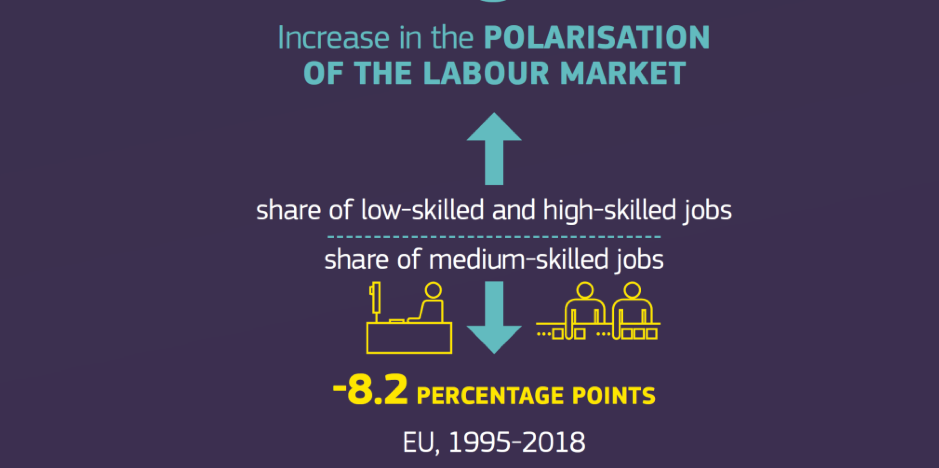
Regarding the powerful combination of the ‘Next Generation Europe’ package, and the recommendations of the SRI 2020 Report, priority attention remains required to identify and mitigate possible adverse currents. In other words, what could go wrong?
First, it is vital to keep in mind that, while much attention is still focused on the health and sanitary crisis generated by the COVID pandemics, the real crisis (economic, social, and possibly geopolitical) has not started yet. Stimulus packages (comparable to the Next Generation Europe one) will help set the shape and strength of the recovery (public financing, fiscal policies, debt will be critical), but short term concerns (emergency situations in specific sectors, need to protect jobs and vulnerable populations, ease social tensions) will often take priority. Moreover, and considering the fact that the ‘Keynesian phase’ (including substantial budget deficits and borrowing) will unavoidably be followed by a re-tightening of policies (austerity phase) when debts need to be repaid, there is a distinct possibility that innovation and research might fall victims of some Faustian bargains.
Second, it is vital to keep in mind that some dominant traits of today’s geopolitics are not favorable to fostering innovation at the global level. To explain this, it is crucial to keep in mind what can be considered as the three pillars of successful innovation[4]: a long-term vision, openness, and steady financing. Those three pillars currently face direct counter-currents (see diagram below), as (1) recovery efforts may focus on repairing immediate damages, and rescue imperiled enterprises and sectors, (2) resiliency may be conflated with self-sufficiency, which itself may translate into protectionist and nationalistic policies, and (3) limited resources (public and private) may be diverted away from supporting scientific research and innovation financing.
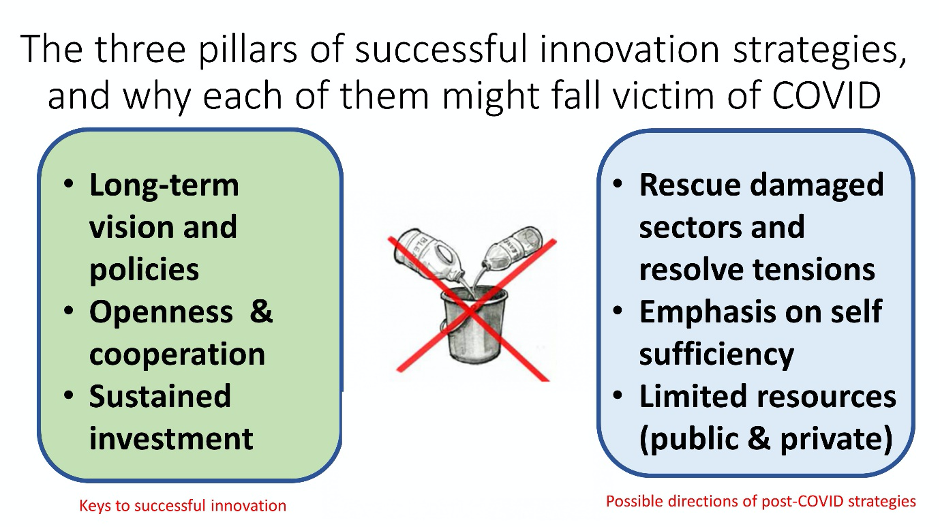
Action remains possible to avoid this, but it cannot be delayed. It will require strong leadership and institutions. Today, Europe is showing the way. Its efforts will need to be supported and emulated.
By Bruno Lanvin, Co-founder, and Director, Portulans Institute
[1] https://ec.europa.eu/commission/presscorner/detail/en/IP_20_940
[2] https://europeansting.com/2020/05/28/eu-future-at-stake-meps-broadly-welcome-commissions-recovery-package-proposals/
[3] https://www.euronews.com/2020/05/27/ursula-von-der-leyen-europe-s-next-generation-will-benefit-from-stimulus-package
[4] Although there is now broad consensus around those three pillars, they emerge very clearly from the 12 years of data collection and analysis of the Global Innovation Index (GII), inter alia.
